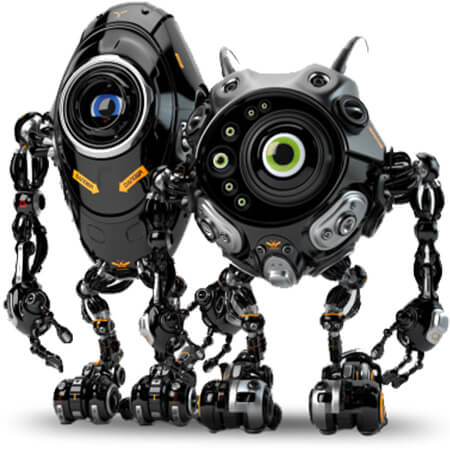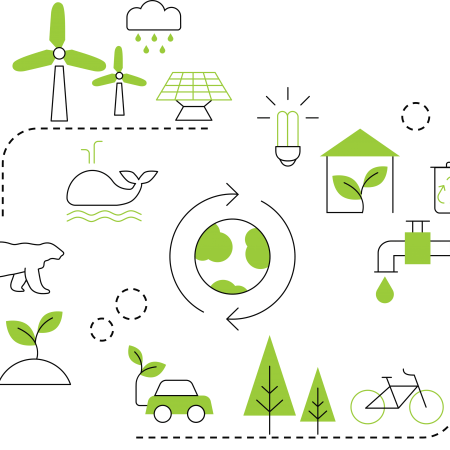Introducing Project Air View
A new initiative between Dublin City Council’s Smart Dublin programme and Google will see the capital’s air quality monitored street-by-street.
This is part of Google’s Environmental Insights Explorer, which helps cities reduce emissions by providing the data needed to inform smart transit programmes and increase the use of more environmentally-friendly modes of travel.
The initiative was born from a clear need for hyperlocal insights on air quality in Dublin – and other cities around the world.
How the data is captured and collected
Google’s first electric Street View car, a Jaguar I-PACE, was deployed in May 2021 and it will continue to measure air quality around Dublin throughout 2022.
In Ireland, this is the first time a Google Street View car has captured air pollution and greenhouse gas measurements, as well as its Google Maps Street View imagery.
Projects like this… allow us to make informed decisions for the benefit of our city and citizens.
The Jaguar I-PACE is a zero-tailpipe emissions vehicle and it features mobile air sensing technology made by Aclima. This can measure and analyse a range of different air pollutants, including nitrogen dioxide, nitrous oxide, carbon dioxide, carbon monoxide and fine particulate matter – all of which are harmful to human health in high levels.
The car drives around the streets of Dublin from 9-5pm every weekday. Each measurement is sent to the cloud and matched with the GPS location where it was recorded.
The project’s progress so far
In collaboration with Google and scientific research partners, Aclima’s platform will be able to analyse its measurements and map street-level air pollution. The data is also available to Dublin City Council and will eventually be released to the public too.
During the launch of the initiative in 2021, Dublin City Councillor Hazel Chu said: “It is projects like this that leverage innovation and forward-thinking to allow us to make informed decisions for the benefit of our city and citizens.”
And so far, the project has gathered a lot of valuable data. In its first year, this groundbreaking tech has taken 3.4 million air quality measurements across 45,000 streets in the city.



